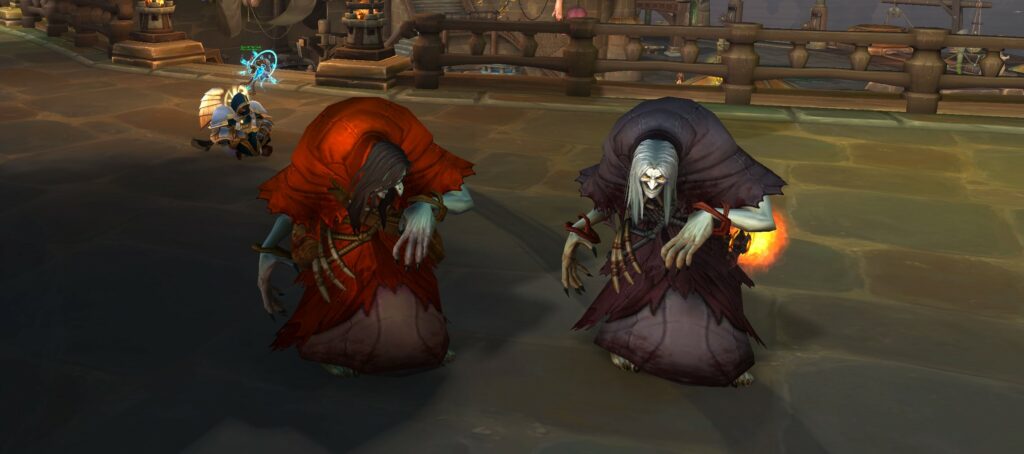While I am definitely not an expert at Dungeons and Dragons, I’ve spent a good amount of time playing the game with different classes and in various settings. In particular, my real-life DnD campaign where I play as a Bard is different than the other campaigns I’ve played in. My Bard experience has been rocky, to say the least, and it took me a long time to understand the Bard’s place in combat and how to utilize them effectively. At one point I switched to playing a different class because I couldn’t understand how Bards work and felt like I wasn’t contributing enough to party encounters. Everyone has a different experience, of course, and your mileage may vary. I’m not trying to dissuade or intimidate anyone who is interested in trying out a Bard in their next campaign, but to help anyone who is struggling through it and not having fun. In fact, the reason I’m making this post is because Bards can be insanely fun if their quirkiness is embraced.

Most classes in DnD have a clear and defined role, such as a tank, melee or ranged damage dealer, or healer. Bards are unique in that they work best as a utility class, and operate outside those defined roles. Bards can dabble in magic or melee combat depending on how a player chooses to subclass their Bard, but they aren’t the best choice for players looking to deal pure magic or physical damage. Other classes excel at those forms of damage, such as a Wizard or Fighter. The Bard excels at controlling the crowd, buffing party members and de-buffing enemies, and generally causing chaos that gives the Bard’s party an advantage. Their best advantage comes in the form of Bardic Inspiration, which is also the core of Bard gameplay. Bardic Inspiration is powerful and has the ability to change the tide of battle – essentially, casting Bardic Inspiration on a friendly party member inspires them and allows them to either roll additional damage on an attack roll, or add an additional die roll to a saving throw or ability check. Bards will receive the Countercharm ability, which causes status effects like Frightened or Charmed to not land as easily. A lot of campaigns run groups without a Bard, but once you have one in your party, the conveniences that they allow you makes it hard to go without one.

This is a long-winded explanation to illustrate the fact that I’m enjoying playing as a Bard in Baldur’s Gate 3. Playing as a Bard does not come naturally to me, and I still have much to learn, but the Bard Experience in Baldur’s Gate feels very true to my experience while playing one in the table-top game. Besides using Bardic Inspiration constantly, I find myself using Tasha’s Hideous Laughter often for incapacitating enemies. If successful, Tasha’s Hideous Laughter causes an enemy to laugh uncontrollably and won’t be able to attack again unless the target succeeds their saving throw. I don’t often use that spell in the table-top game, but I have definitely added it to my list of spells to utilize more often. Baldur’s Gate 3 is a fantastic way to learn DnD and also try out playstyles or spells you’ve hardly tried before. Playing a Bard in Baldur’s Gate 3 has indeed given me the inspiration to play more DnD and try out different things.


